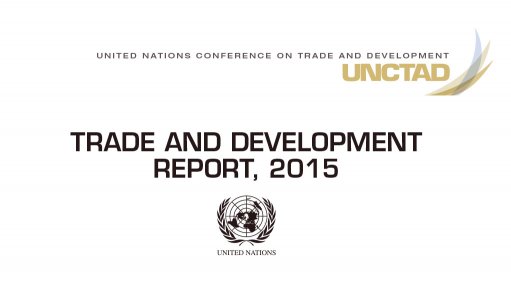
Making the international financial architecture work for development reviews recent trends in the global economy and focuses on ways to reform the international financial architecture. It warns that with a tepid recovery in developed countries and headwinds in many developing and transition economies, the global crisis is not over, and the risk of a prolonged stagnation persists. The main constraint is insufficient global demand, combined with financial fragility and instability, and growing inequality.
These trends reveal the lack of a well-functioning international monetary and financial system, which should be able to properly regulate international liquidity, avoid large and lasting imbalances and allow for counter-cyclical policies; however, international liquidity and capital movements respond to economic conditions in developed countries rather than to actual needs in developing countries. Furthermore, much of the current regime is in fact driven by large international banks and financial intermediaries whose activities increased much more rapidly than the capacity of any public institution (either national or multilateral) to effectively regulate it. Recent initiatives aiming at better regulation remain too timid and narrow.
The report was first published by the United Nations Conference on Trade and Development